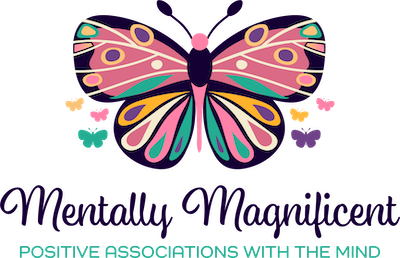Anger is a complex emotion—one that often carries a stigma, especially in communities of color. But behind that anger, there is often a story, one rooted in pain and unhealed trauma.
For many African Americans, anger is not simply a reaction to everyday frustrations. It’s a response to deeper, more ingrained sources of hurt: the effects of generational trauma, systemic oppression, and personal experiences of discrimination and inequality. These emotional wounds can show up in our lives as anger, frustration, or even rage. But rather than being just a negative force, this anger is a signal—one that tells us it’s time to heal.
The “Angry Black Man/Woman” Stereotype
The harmful stereotype of the “angry Black man or woman” simplifies these complex emotional experiences, reducing them to mere aggression. It strips away the context of trauma and perpetuates the idea that anger is unwarranted. This stereotype leads to the suppression of legitimate emotions, as many fear being labeled or misunderstood.
When we suppress our emotions, especially anger, we block our ability to heal. Anger, when left unaddressed, can fester, affecting both our mental and physical health. It can lead to heightened anxiety, depression, and even strained relationships. But it doesn’t have to be this way.
Why Does Anger Appear?
At its core, anger is often a mask for deeper emotions like pain, sadness, or fear. For those who have experienced trauma—whether personal or generational—anger becomes the most accessible and socially acceptable way to express these emotions. It acts as a protective shield, guarding against vulnerability in a world that often feels unsafe.
What Can We Do?
Healing from anger requires us to recognize it as a signpost pointing to unhealed trauma. By understanding where our anger comes from, we can take the necessary steps toward healing. Here are some ways to start:
- Acknowledge the Root of Your Anger: Recognize that anger may be masking deeper pain. Instead of dismissing it, ask yourself where it’s coming from.
- Find Healthy Ways to Express It: Journaling, therapy, or even physical activities can help you release anger without allowing it to control you.
- Embrace Vulnerability: While anger can feel like a protective mechanism, vulnerability allows for deeper healing. Allow yourself to feel the emotions beneath the anger, whether it’s sadness, fear, or grief.
- Reframe the Narrative: Reject the stereotype that reduces your anger to mere aggression. Your emotions are valid and deserve to be explored, not suppressed.
Healing from trauma is not an overnight process, but it’s a journey worth taking. It requires patience, self-awareness, and the courage to face the pain beneath the anger. The good news? You don’t have to do it alone.
If you want to learn more about how anger and trauma are connected, and ways to begin your healing process, check out my latest YouTube video, where I go deeper into this topic.
Healing is possible. Let’s start the journey together.









